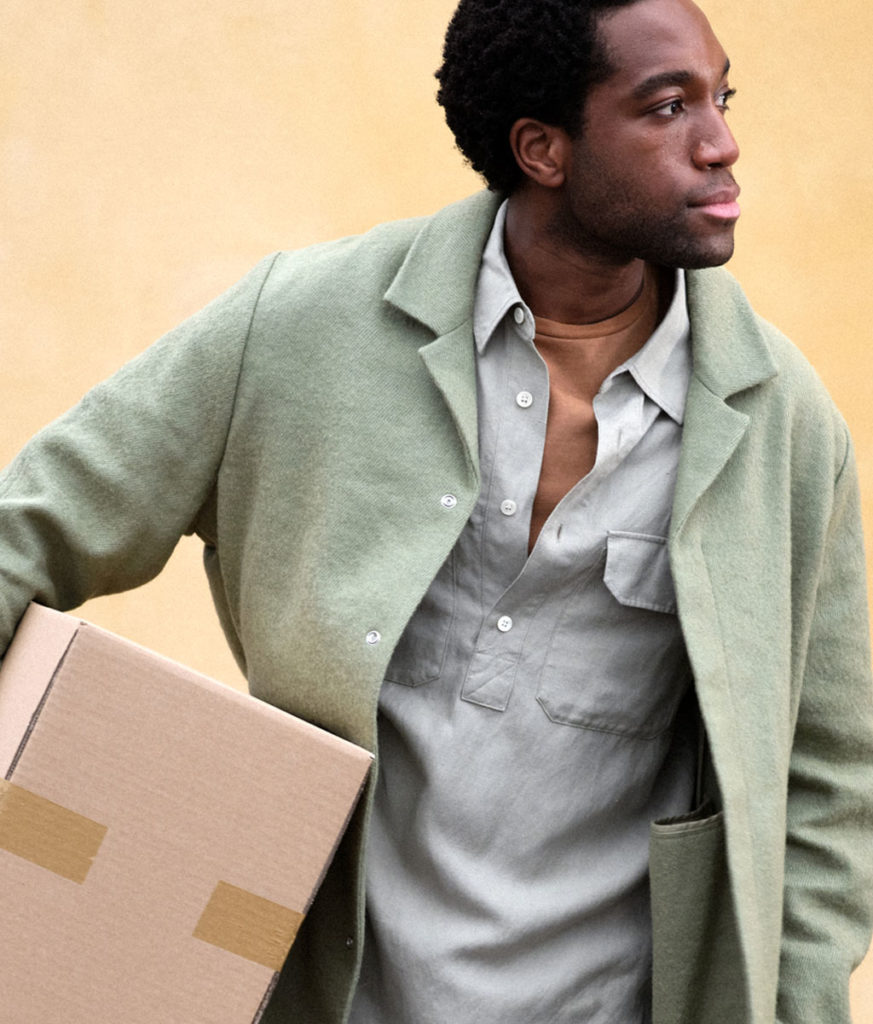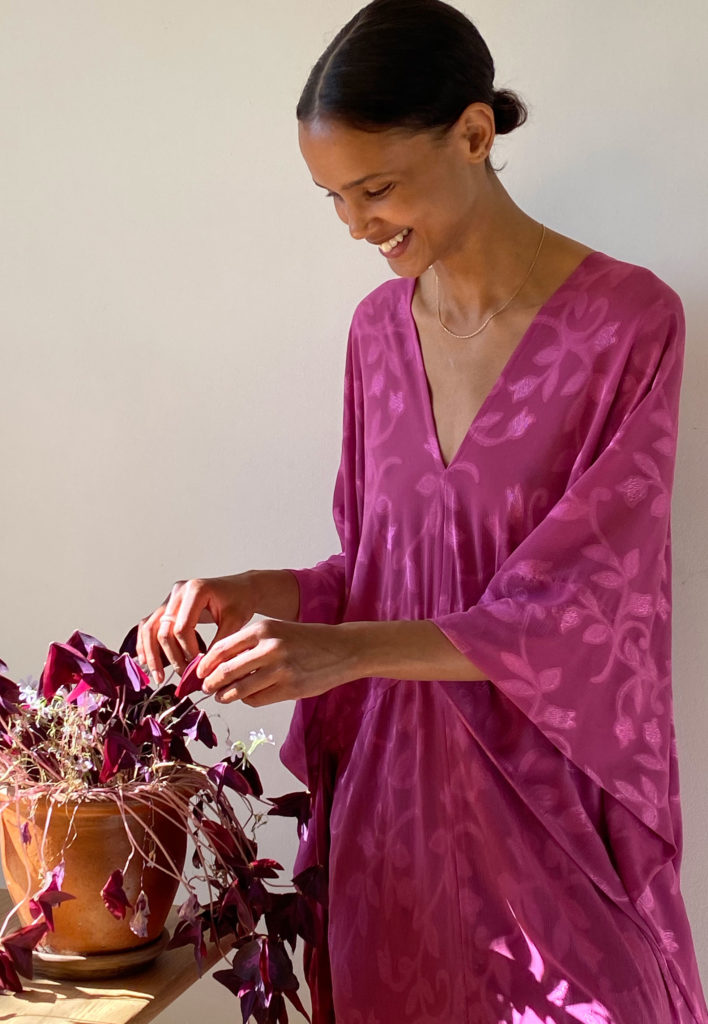Exploring new ways to maximise resources and minimise waste is crucial on the journey to becoming a circular business. In 2020, H&M Group took a big leap, by shifting from plastic to paper with a new multi-brand packaging concept for online orders.
Our Stories
Downsizing plastic with the help of smart design

Packaging is important to protect products and ensure they arrive in good shape to stores and customers. But packaging also uses valuable resources and creates a lot of waste.
Towards the end of 2020, H&M Group started to send online orders using a new packaging concept based on a minimalistic design solution made of certified paper. The plan is for all brands, in all markets, to use the packaging by 2022.
“The new packaging concept was a milestone during 2020, taking us closer to meeting our packaging goals”, says Ulrika Nordvall Bardh, Strategy Lead Circular Economy at H&M Group.
In 2020, H&M Group reduced its packaging by 14%, including 24% less plastic packaging.
The paper packaging is recyclable and Ulrika Nordvall Bardh points out that it meets the same safety requirements as the previous packaging, made of plastic.
The brown paper bags and boxes might not look like much at first glance, but the clever design makes it very easy to add character to the packaging. The adhesive label that closes the bag can be customised by each H&M Group brand, as well as adapted to a certain season or printed with a specific message.

Going for fewer plastics
As a member and signatory of the initiatives The New Plastics Economy, Global Commitment and The Fashion Pact, H&M Group is determined to address plastic pollution.
The ambition is to phase out unnecessary, problematic and single-use plastic packaging. H&M Group’s new packaging concept however still contains an inner bag mainly made of post-consumer recycled plastics, in the majority of its shipments. This is due to the fact that inner plastic bags still are commonly used on industry level through the long logistics supply chain, for example, for safety and hygiene reasons. Efforts are ongoing within the group to find an alternative solution as soon as possible.
It’s no secret that plastics have an extremely negative impact. We need to leave behind today’s linear business model and move towards a circular economy.

Ulrika Nordvall Bardh, Strategy Lead Circular Economy at H&M Group.
“It’s no secret that plastics have an extremely negative impact on the environment. That’s why we need to leave behind today’s linear business model and move towards a circular economy for plastics, in which plastic never becomes waste”, says Ulrika Nordvall Bardh. “Addressing our packaging solutions and phasing out plastic where it’s possible is a very important step in the right direction”.
And the numbers speak for themselves. With the new packaging system in place, 100,278 kg of plastic was eliminated during 2020. During 2021, that number is estimated to skyrocket to 1,529,097 kg. The share of paper bags will then account for 58% of the total bags used.
H&M Group's packaging goals:

- Reduce packaging across our value chain by 25% by 2025 (2018 baseline).
- Design all packaging to be reusable, recyclable or compostable by 2025.
- Make all packaging from recycled or other sustainably sourced materials by 2030, with a preference for recycled materials.
- Reuse or recycle all packaging waste from our own sites by 2025.


